A darkfield image of a mammal heart.
Image courtesy of Hillary Guzik, Rochester Institute of Technology.
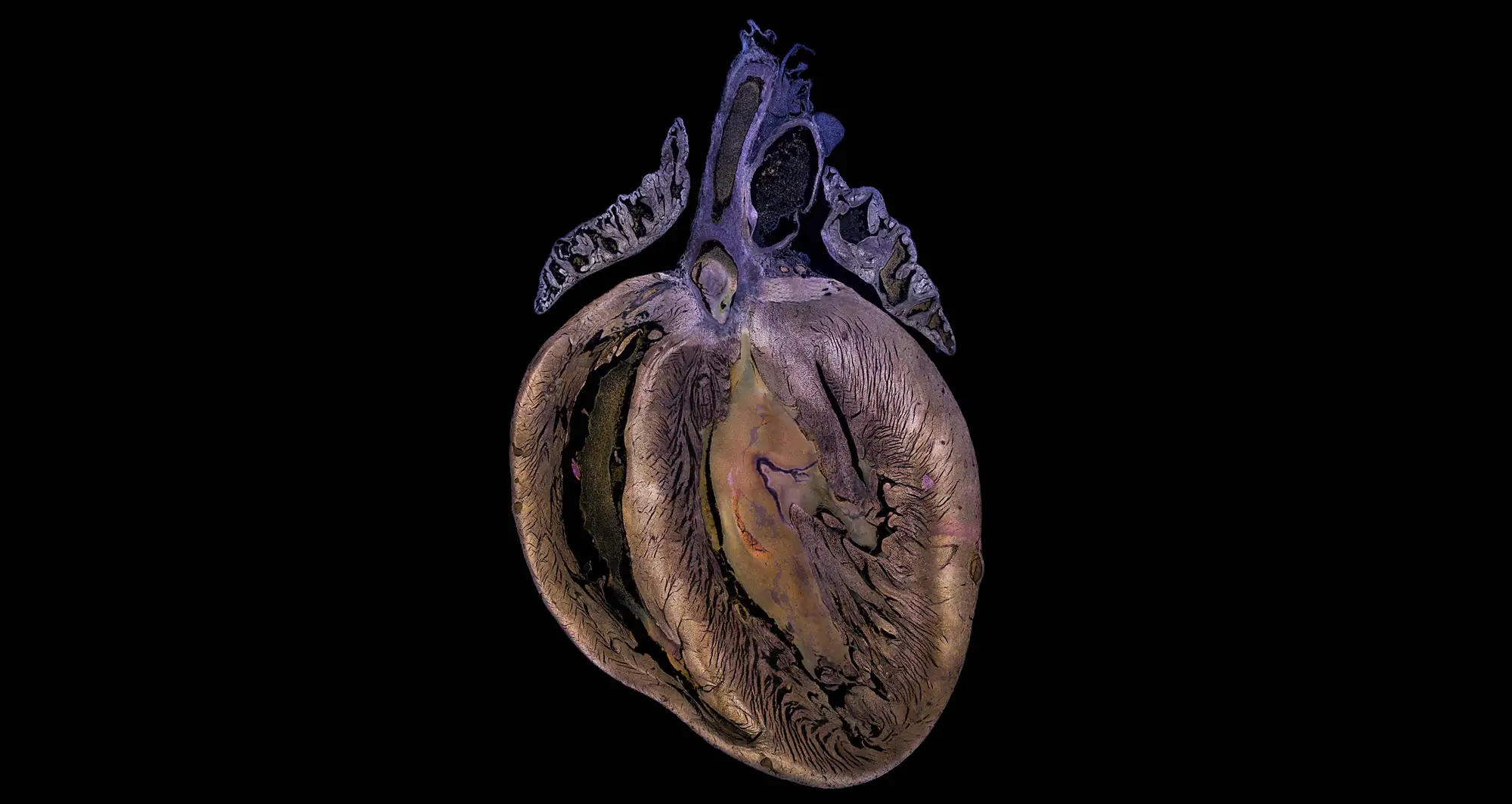
A darkfield image of a mammal heart.
Image courtesy of Hillary Guzik, Rochester Institute of Technology.
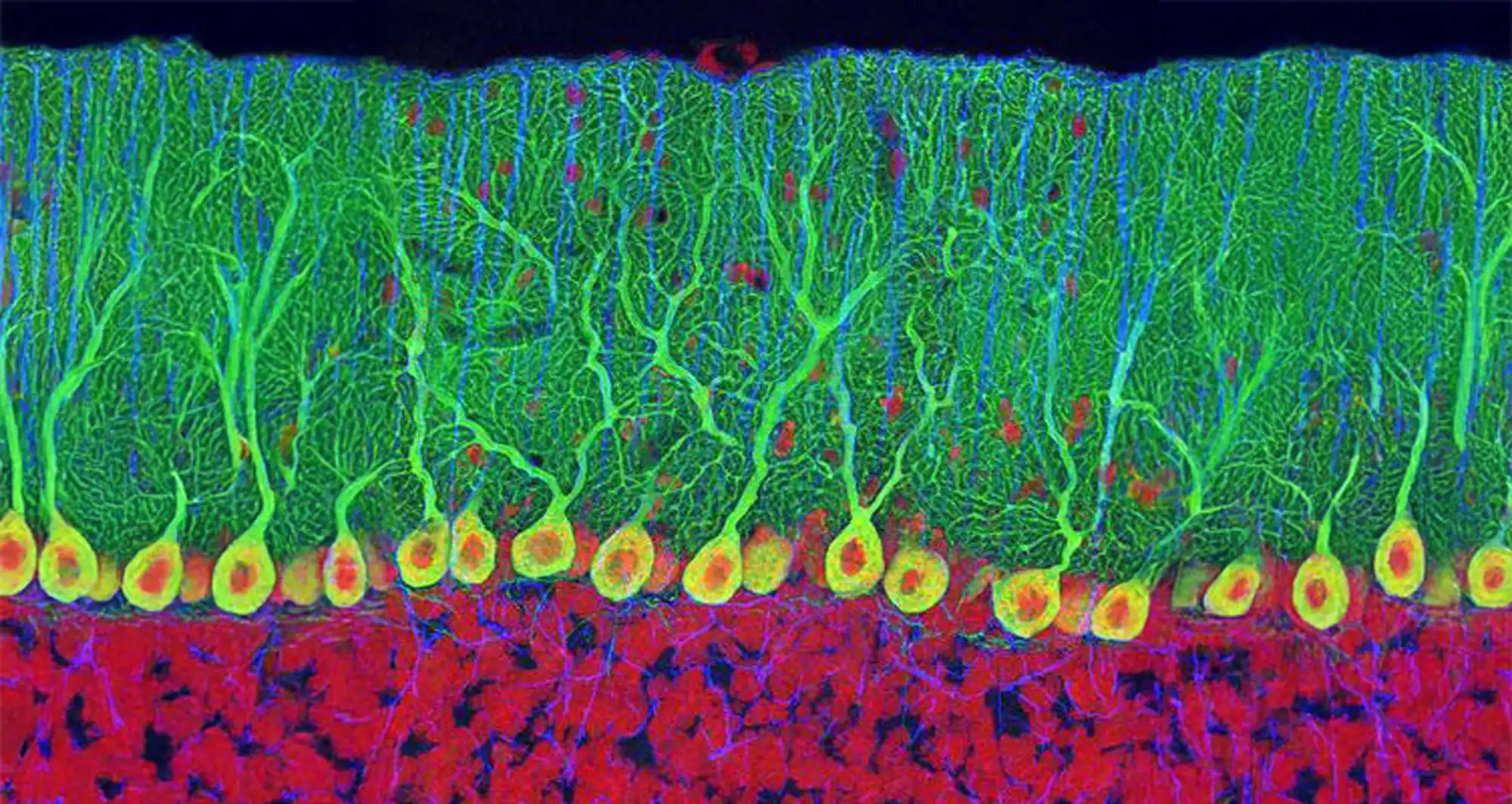
Purkinje neurons are located in the cerebellar cortex of the brain. With their flask-shaped cell bodies, many branching dendrites and a single long axon, these cells are essential for controlling motor activity.
Image courtesy of Thomas Deerinck, NCMIR, UC San Diego.
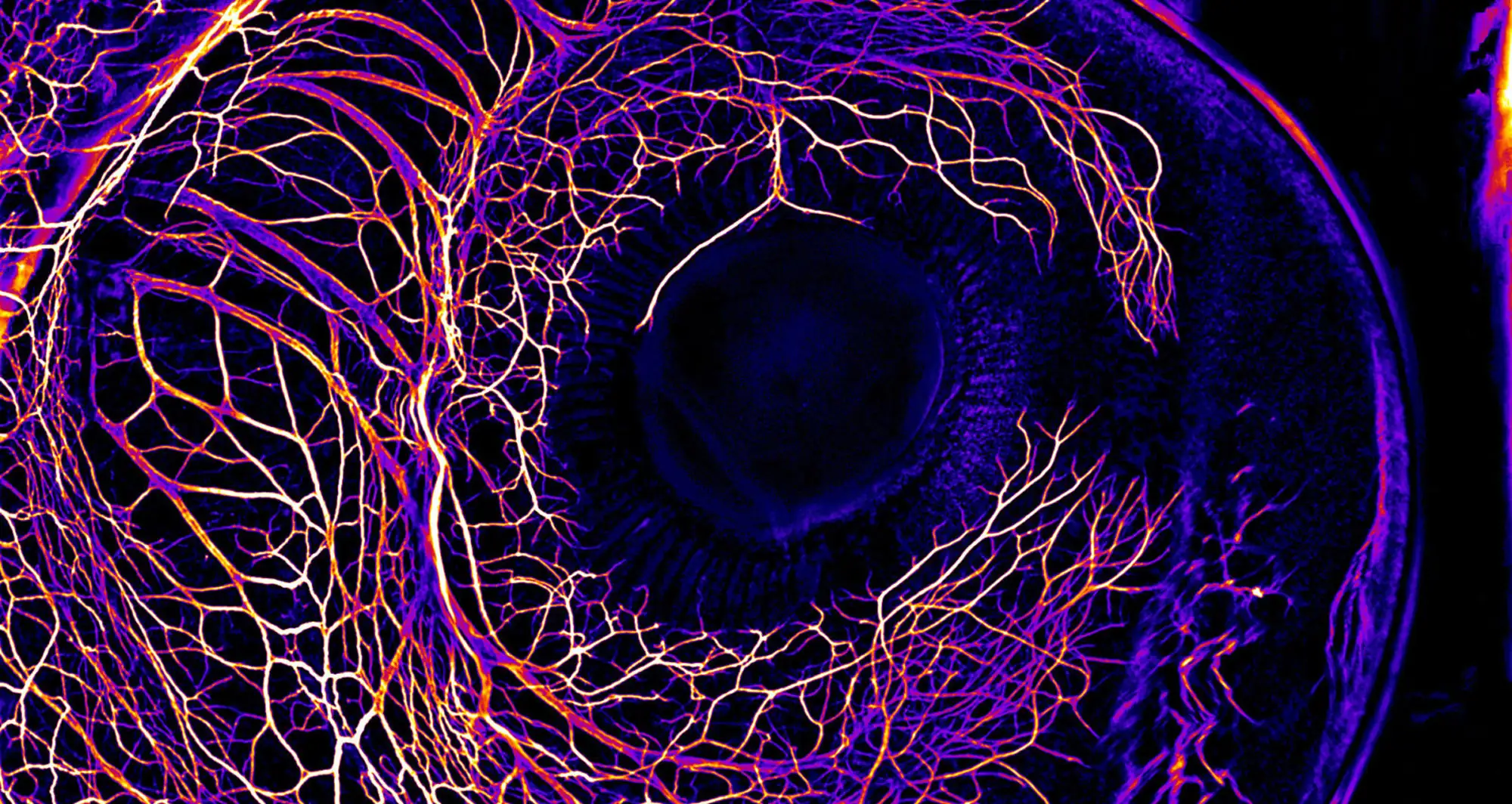
The developing nervous system in the eye of a 7-day-old chick embryo.
Image courtesy of Elkhan Yusifov and Martina Schaettin, University of Zurich/Nikon Small World.
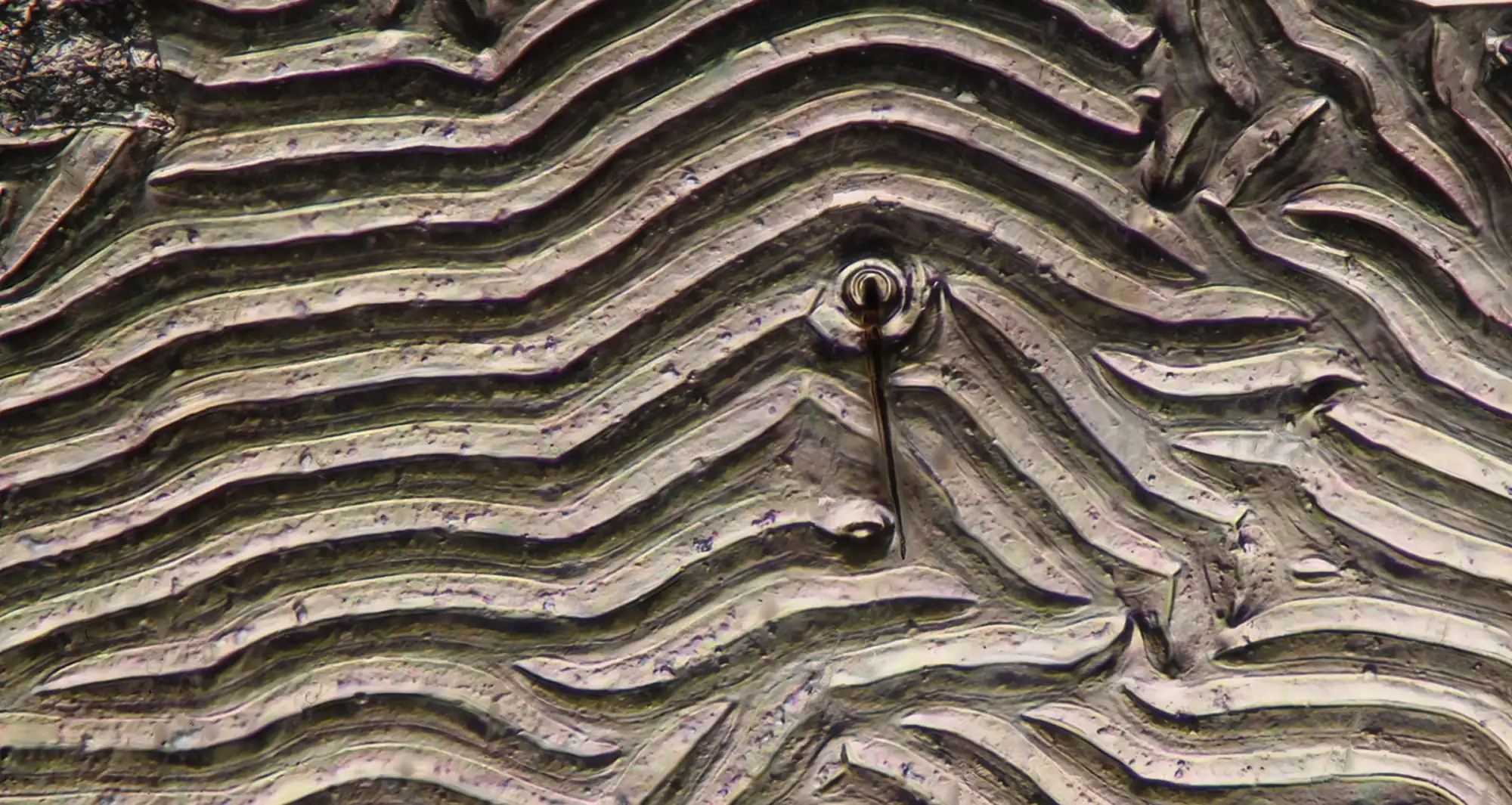
The abdominal skin of a tick engorged with blood. The ridged construction of the skin allows feeding ticks to expand up to 100 times their body weight.
Image courtesy of Theo Theune, Oost-Souberg, Zeeland, The Netherlands/Nikon Small World.

Lymphatic vascular (cyan) and blood vessels (red) are revealed in this confocal micrograph of a mouse lung. The lymph system collects excess fluid in tissues and returns it to bloodstream.
Image courtesy of Yurin Seo, Mark Looney and Simon Cleary, UCSF/Nikon Small World.

Confocal micrograph of mouse aortic endothelium stained for beta-catenin (green), laminin (purple), smooth muscle actin (red) and Hoechst (cyan). Endothelial cells constitute the inner lining of blood vessels in the heart.
Image courtesy of Florian Alonso, University of Bordeaux/Nikon Small World.
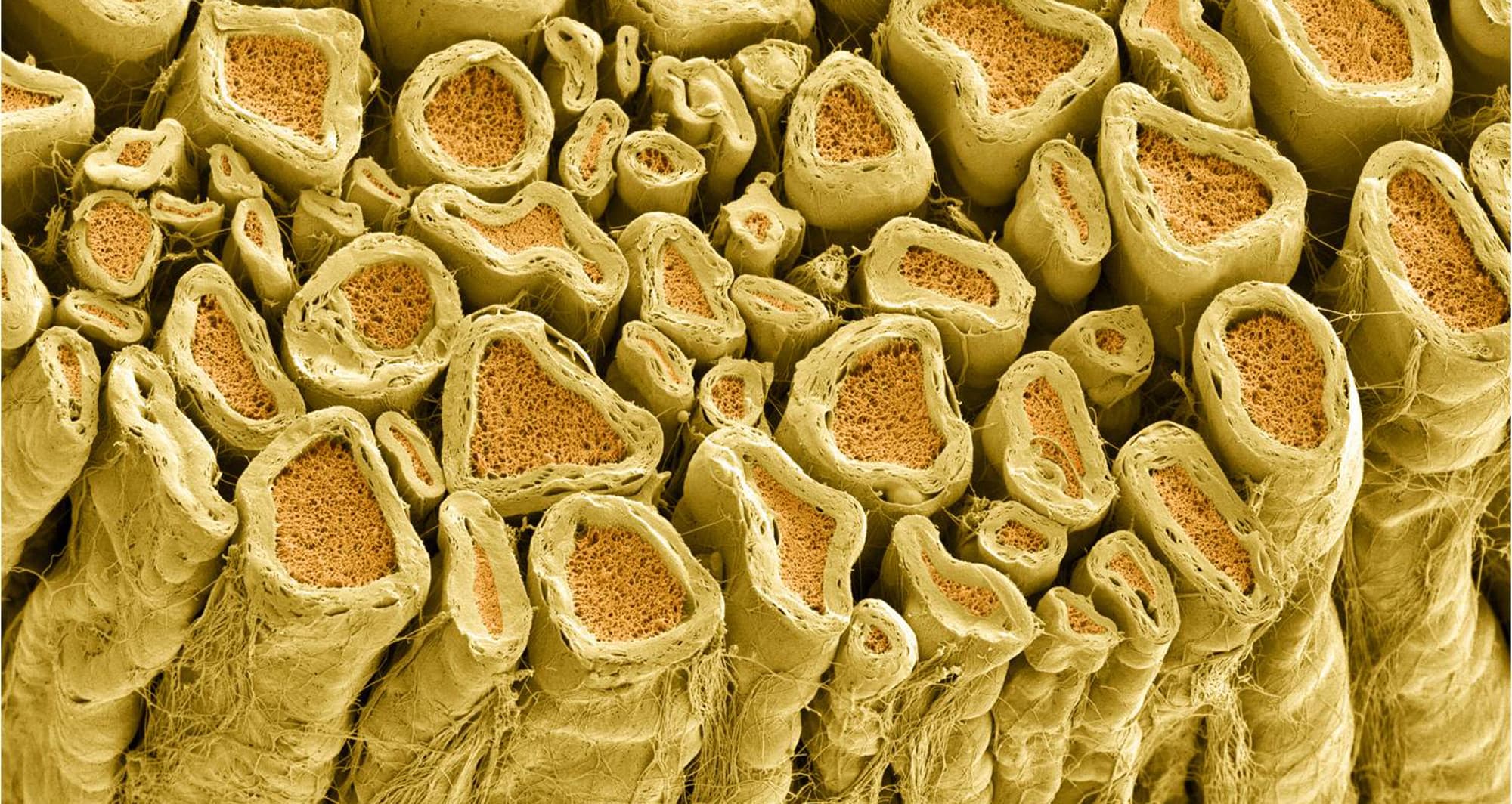
Myelinated axons are depicted in a rat spinal root. Myelin is a type of fat that forms an insulating sheath around the axon to protect it from losing electrical current needed to transmit signals. Axoplasm inside the axon is shown in pink.
Image courtesy of the National Center for Microscopy and Imaging Research at UC San Diego.
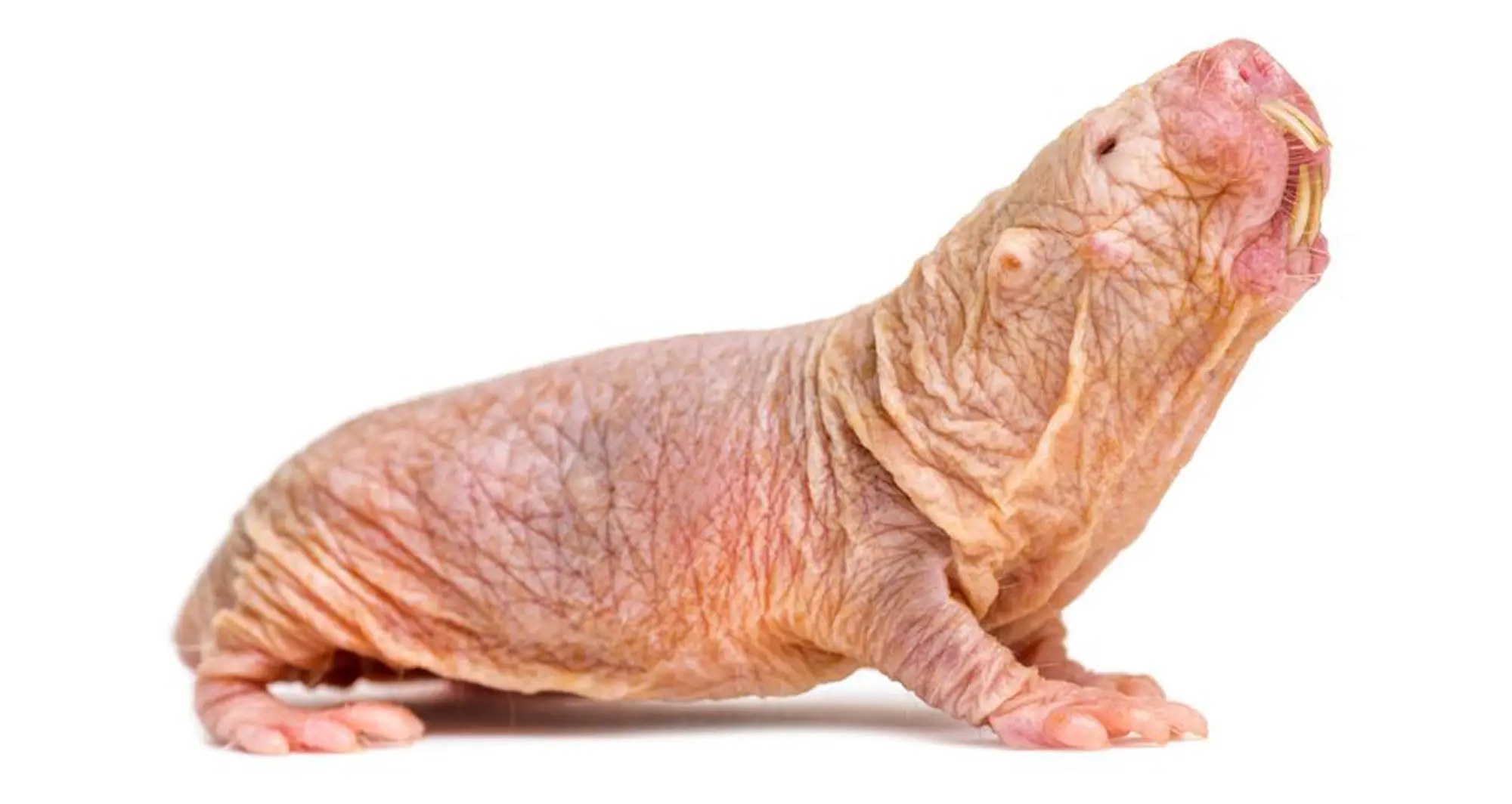
In the world of animal models, naked mole rats are supermodels despite their novel appearance. They are extremely long-lived, sometimes more than 30 years. They rarely get cancer. And they can survive up to 18 minutes without oxygen.
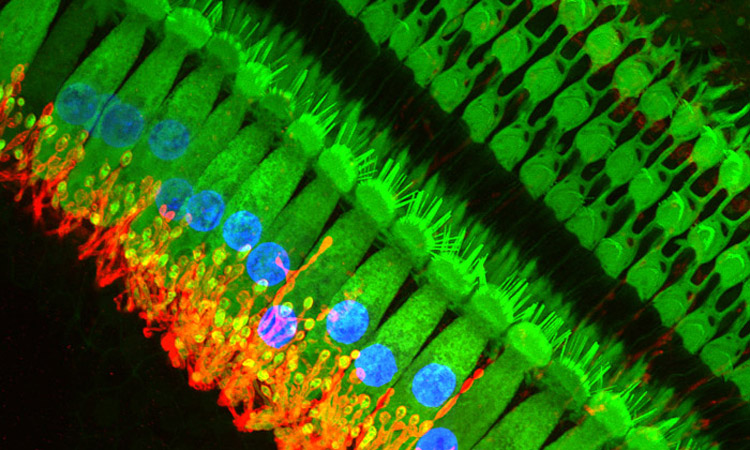
Hearing begins in the cochlea, where hair cells (red) detect and amplify sound vibrations and relay the information to the brain via auditory nerve cells (green).
Image courtesy of Sonja Pyott, University of North Carolina.
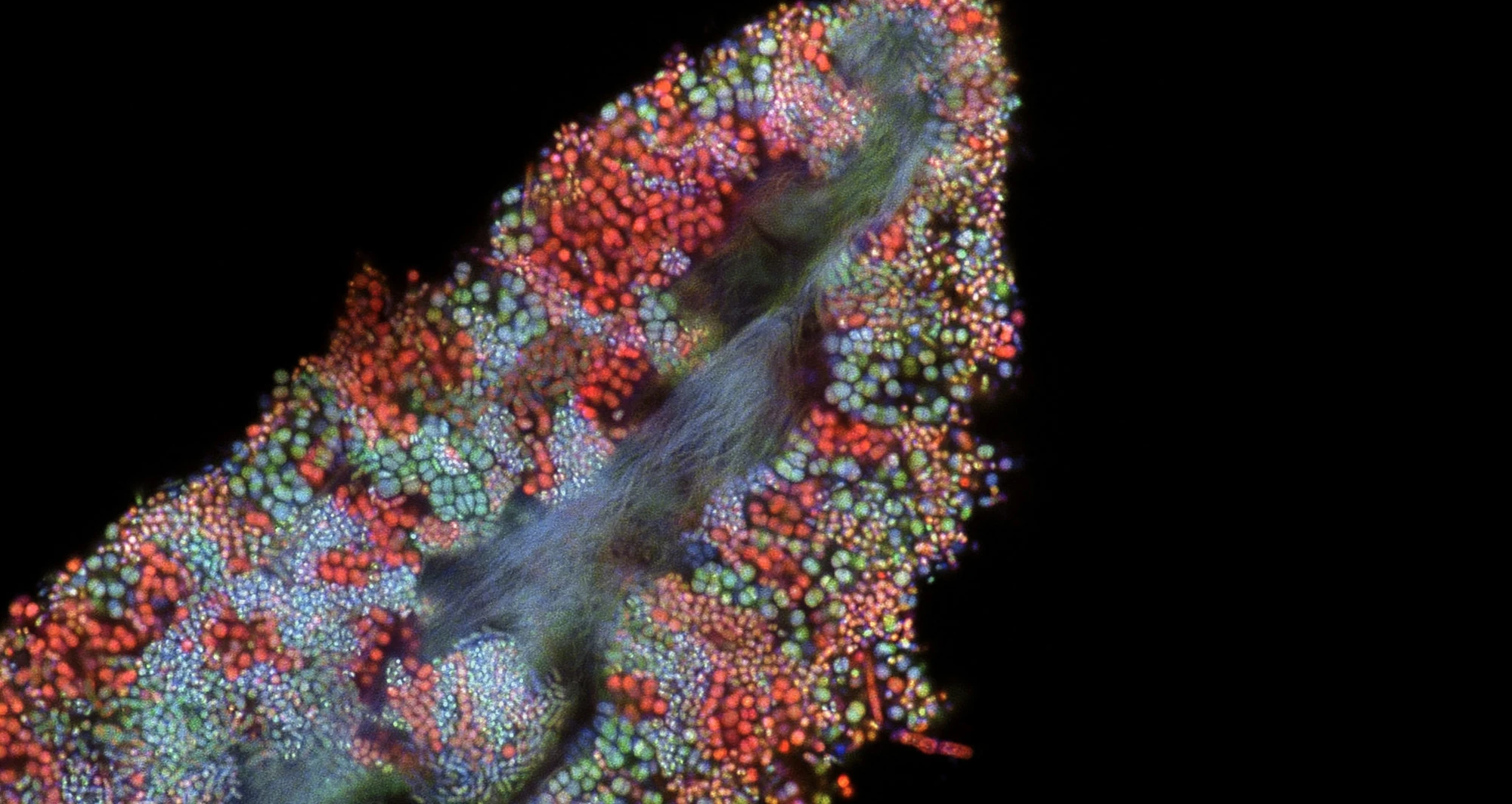
A confocal micrograph depicts tongue epithelial cells adjoined by several bacterial species to form a complex biofilm on the tongue’s surface. The oral cavity has the second largest and most diverse microbiota after the gut.
Image courtesy of Tagide deCarvalho, University of Maryland, Baltimore County.